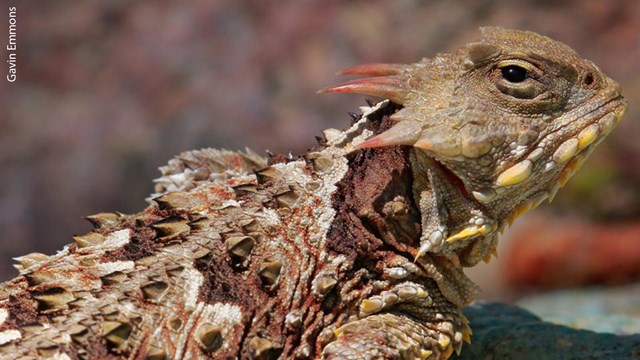Discover the Beauty and Solitude of Pinnacles National ParkThe rolling chaparral and dramatic rock formations of Pinnacles National Park captivate a diverse range of visitors, from picnickers and rock climbers to stargazers and cave explorers. The park's visual allure is undeniable—whether you're witnessing the smooth orb of the moon rise from behind the crags of the High Peaks or watching acorn woodpeckers dart through the air as they store acorns in the thick bark of gray pines. Pinnacles’ stunning beauty is a result of its unique geological formations, flourishing chaparral habitat, interconnected ecosystems, and diverse native plants and animals. In the spring, the landscape comes alive with vibrant wildflowers, and the park’s bird population grows with the arrival of migratory species. For those seeking solitude, Pinnacles offers more than 16,048 acres of federally designated wilderness, providing quiet, dark night skies, and peaceful seclusion—one of the closest wilderness areas to the San Francisco Bay Area. Explore Pinnacles National Park and immerse yourself in its breathtaking natural wonders! 
NPS GeographyEstablished in 1908 to preserve the incongruent and beautiful rock formations for which Pinnacles is named, the park originally protected only 2,060 acres. It now encompasses about 26,000 acres in the southern portion of the Gabilan Mountains, one of a series of parallel northwest-trending ridges and valleys that make up the Central Coast Range. Protecting BiodiversityThe protected lands of Pinnacles offer a refuge for a wide variety of plants and animals. The chaparral vegetation at Pinnacles is a showcase example of an ecosystem that elsewhere up and down coastal California has largely been lost to development and urban expansion. The chaparral at Pinnacles gives many populations of native animals the habitat they need to survive. But nearby land management practices have changed the surrounding wildlife habitat and affected large predators with big ranges. Bears and wolves are no longer in this area, and we now see low numbers for mountain lions and coyotes. Nevertheless, Pinnacles has relatively abundant populations of wildlife, which contributed to Pinnacles National Park becoming one of three current release sites in the United States for the California condor. 
Animals
From canyon bats to mountain lions, hummingbirds to condors, Pinnacles provides protected habitat for thousands of diverse animal species. 
Plants
Despite the dry climate, there's likely to be something blooming at Pinnacles no matter what the time of year. 
Natural Resource Management
The Natural Resources division works to understand and care for the abundant natural treasures found at Pinnacles. 
Physical Environment
Explore the non-living factors that shape the environment at Pinnacles, including geology, water and hydrology, climate, and air quality. |
Last updated: October 16, 2024
